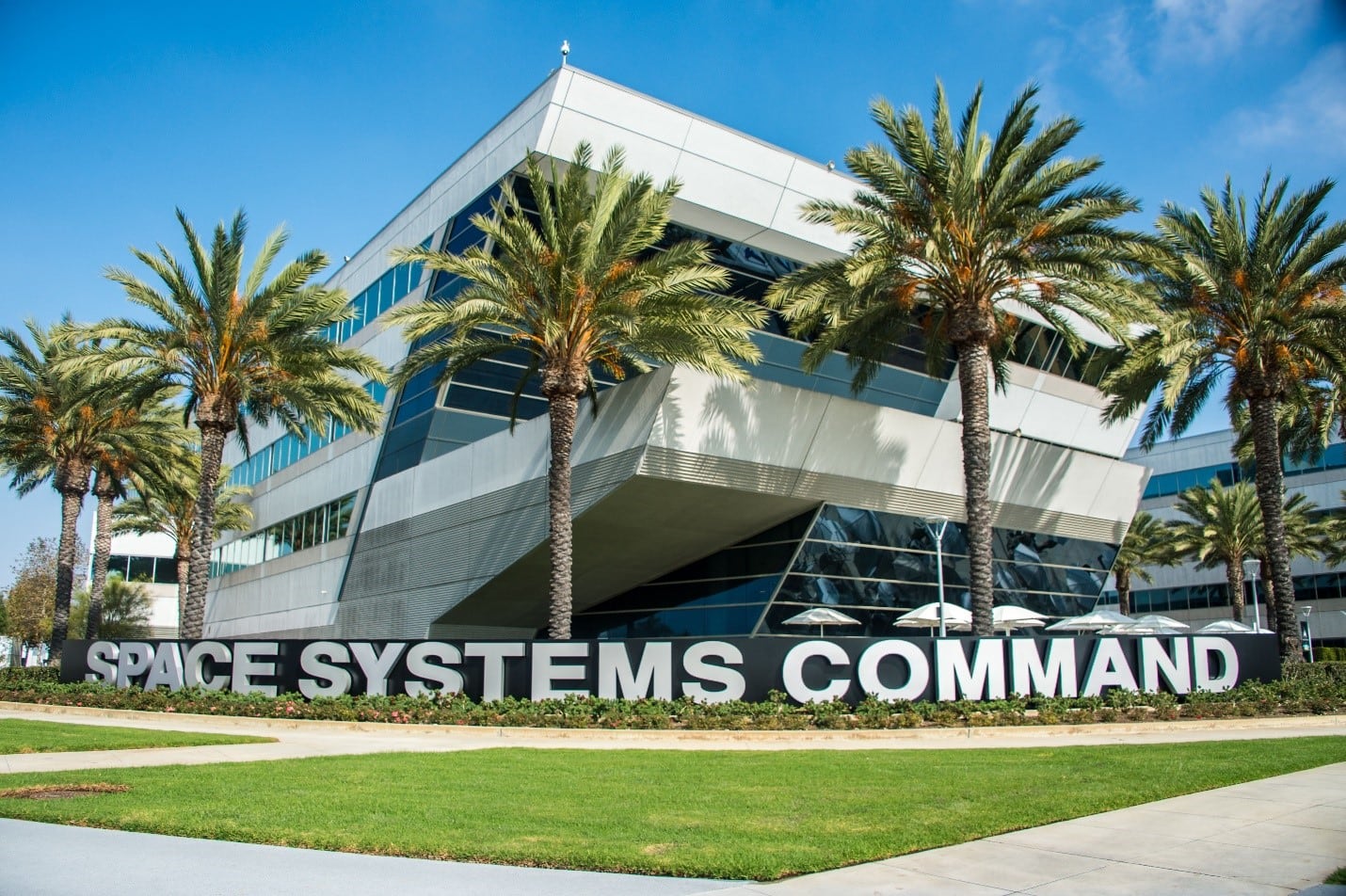The Navy recently moved a step closer to replacing a legacy tactical data transmission system it shares with six allied nations.
The service awarded Raytheon a $32 million production contract for next-generation encryption devices in support of Link 22. The devices are a critical component in the system, along with the System Network Controller.
A NATO secure radio system, Link 22 provides beyond line-of-sight, or BLOS, communications among air-, surface-, subsurface- and ground-based tactical data systems, as a means to facilitate exchange of tactical data. It is slated to replace Link 11, beginning with a rollout to allies in 2018, with U.S. forces expected to start fielding in 2020.
Military planners laid out the original requirements for Link 22 in the late 1980s. Development work began a decade later. Navy sources say that while budget considerations have kept the project from coming to fruition, Link 22 now is just about ready for prime time.
The new system will offer considerable enhancements over the legacy tool, whose original design dates back to the 1950s.
"Link 22 is not an update of Link 11. It's a completely new design with significant improvements," said Chuck Schwartz, NILE (NATO Improved Link Eleven) project manager and the Navy PEO C4I Command and Control Program Office (PMW 150).
Unlike its predecessor, Link 22 is a Dynamic Time Division Multiple Access Network, meaning transmission capacity is distributed among all users, with cyclical time slots allotted during which specific units transmit while other units listen. "It's a big improvement over the roll-call method, where you might have to wait through 60 other people to get to your turn to talk. Now you have a fixed time that belongs to you, so you know exactly when it is your turn to talk. It's much more efficient," Schwartz said.
In another key enhancement, the system is designed to integrate seamlessly with Link 16, the tactical data exchange used by U.S. and NATO military aircraft and ships to exchange imagery, text and voice in near real time. As complementary systems, Link 22 and Link 16 can by synchronized to form an extended tactical "network of networks," Schwartz said.
Engineers needed to devise "significant translations" to get the two networks to cooperate with one another, said Navy Capt. Allan Walters, program manager of the same PEO C4I office. But the end result is a far more robust network.
"No one tactical data link does everything and fills all needs. Now they complement each other," he said.
He emphasized development has been a collaborative effort between partner nations.
Link 22 managers say they have taken pains to ensure buy-in from among the partners who will eventually share in the system. "The pooling of resources and the focused efforts of the international community make Link 22 a reality," Schwartz said.
The partners have not always agreed on the details. Waveforms in particular were a topic of some discussion, as an original design that incorporated six waveforms eventually swelled to three times that number. The added waveforms build in robustness and performance capabilities, with greater throughput when needed.
Various nations brought different ideas to the table, "and we probably didn't move as fast as some nations wanted us to, but in the end came to meet the needs of all the nations' waveforms," Schwartz said.
Getting the waveforms right was critical to overall system performance.
"You may have really good conditions for a high-bandwidth waveform to move a lot of data, and then weather conditions change and you cannot move as much data as robustly as before," Schwartz said. "You want to be able to use the right waveform for the right conditions."
Looking ahead, planners say they want to make those versatile waveforms easier to use. Once the system deploys, upgrades are slated to appear on a two-year cycle.








